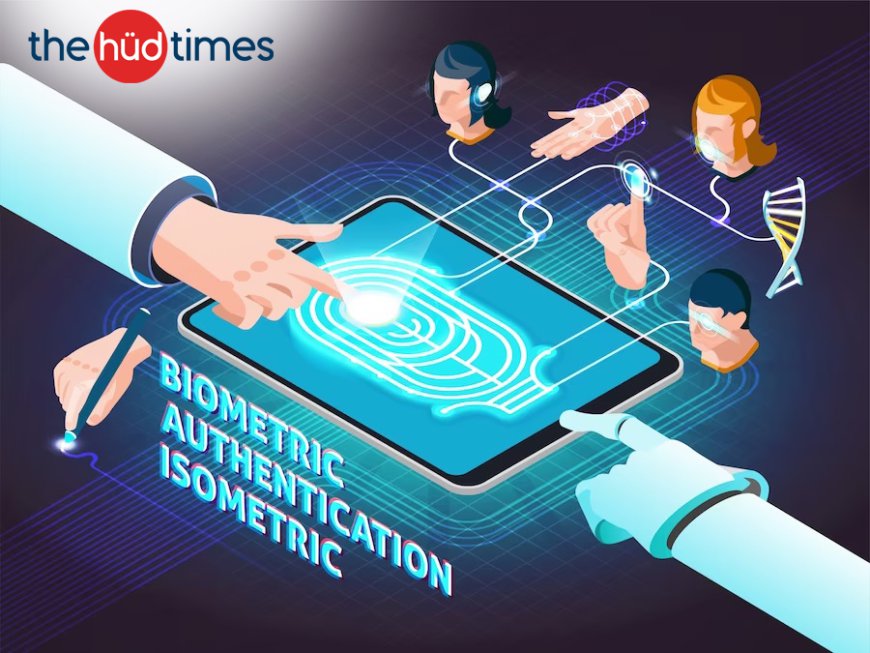In today's digital landscape, ensuring the security of our personal information and digital identities is of paramount importance. Traditional methods of authentication, such as passwords and PINs, have proven to be susceptible to breaches and hacking attempts. As a result, the adoption of biometrics as a secure authentication method has gained significant traction. Biometrics, the use of unique physical or behavioral characteristics for identification, offers a more robust and reliable approach to secure authentication. This article explores the role of biometrics in enhancing security and revolutionizing the authentication process.

Enhancing Security through Biometrics
1. Unique and Immutable: One of the key advantages of biometrics is its uniqueness. Each individual possesses distinct physical or behavioral traits that are nearly impossible to replicate. Whether it's fingerprints, iris patterns, facial features, voice patterns, or even DNA, these biometric identifiers are unique to each person. This uniqueness makes biometrics highly secure as they cannot be easily forged or replicated by unauthorized individuals.
2. Multifactor Authentication
Biometrics can be used as a standalone authentication method or in combination with other factors, such as passwords or tokens, to provide multifactor authentication. This layered approach significantly enhances security, as it requires multiple elements for successful authentication. For example, a fingerprint scan coupled with a password ensures that both physical and knowledge-based factors are validated, making it more difficult for unauthorized access.
Read more:
E-Learning Platforms in India: Expanding Access to Quality Education
Revolutionizing the Authentication Process
1. Convenience and User Experience: Biometric authentication methods are user-friendly and convenient. Instead of remembering complex passwords or carrying physical tokens, individuals can simply use their biometric traits for identification. This streamlines the authentication process and eliminates the need for memorization or physical devices, improving user experience and reducing the risk of forgotten or lost credentials.
2. Continuous Authentication: Biometrics also enables continuous authentication, providing ongoing verification of an individual's identity during their interaction with digital systems. Continuous authentication helps detect anomalies or unauthorized access attempts in real-time. For example, facial recognition systems can monitor and verify a user's face throughout a session, automatically logging them out if an impostor is detected.
3. Fraud Prevention: Biometrics plays a crucial role in preventing fraud, especially in financial transactions. With the rise of mobile banking and e-commerce, biometric authentication methods such as fingerprint or face recognition add an extra layer of security. These methods ensure that only authorized individuals can complete transactions, reducing the risk of identity theft and fraudulent activities.
Conclusion
Biometrics has emerged as a powerful and secure authentication method in today's digital age. Its unique and immutable nature, coupled with convenience and user experience, make it an ideal solution for enhancing security and revolutionizing the authentication process. As technology continues to advance, biometrics will play an increasingly vital role in safeguarding our digital identities and protecting sensitive information, ensuring a safer and more secure digital environment for individuals and organizations alike.
Follows Us for More Updates
Like Us on Facebook Page :
Click Here
Like Us on Instagram :
Click Here 






























